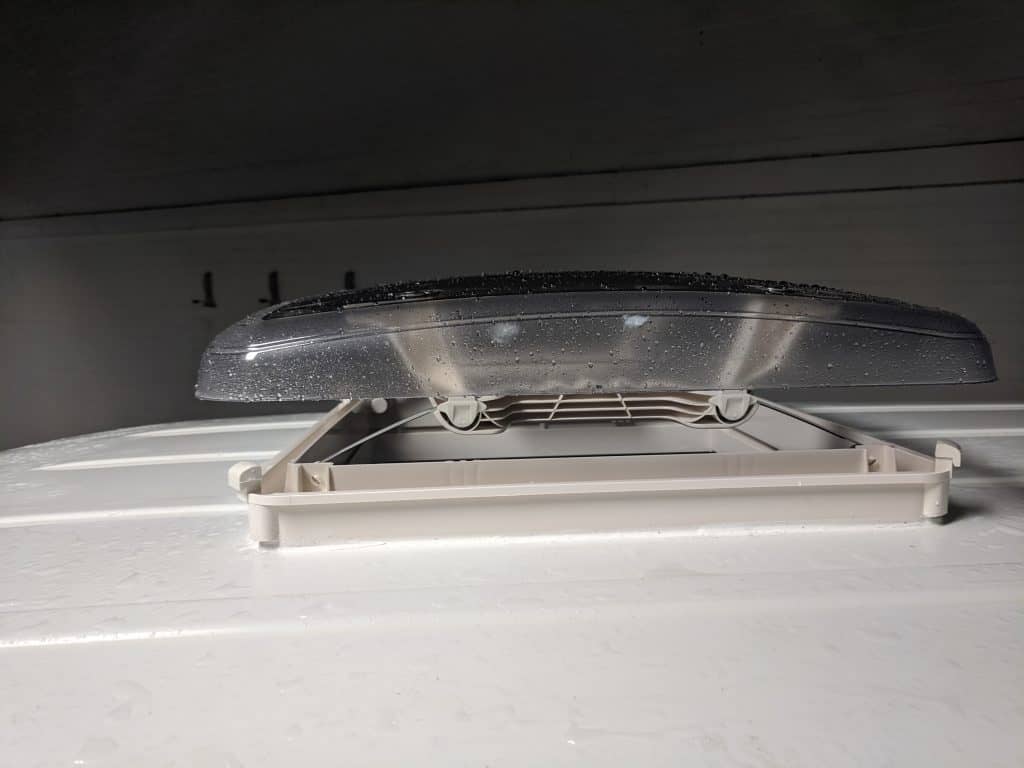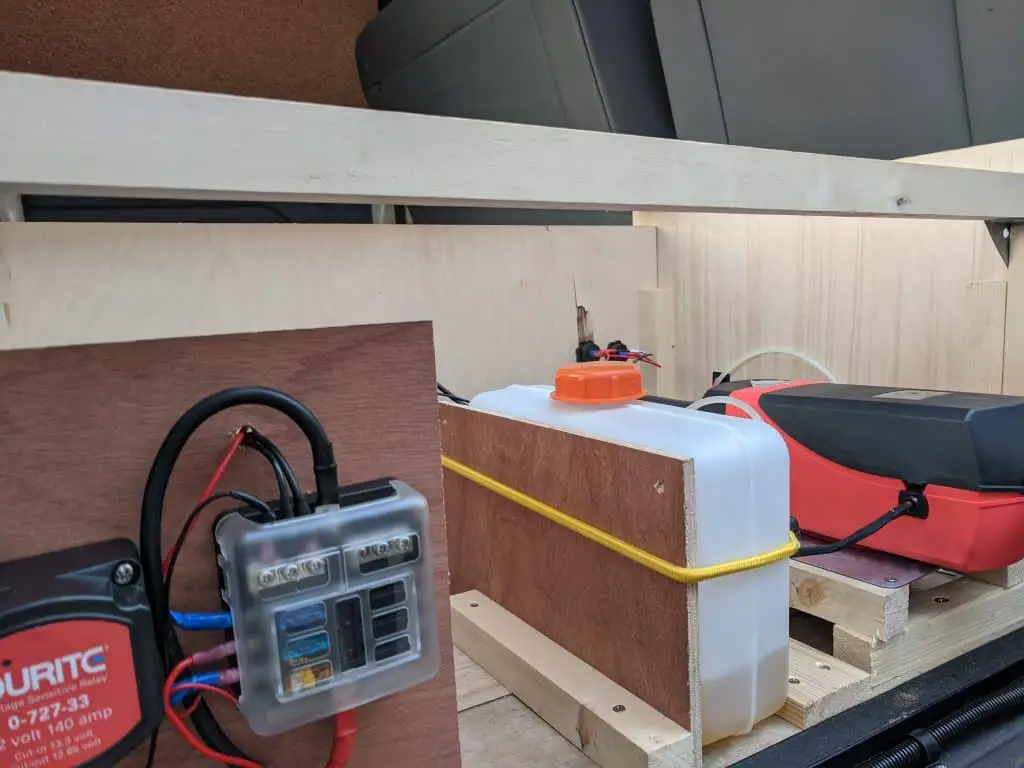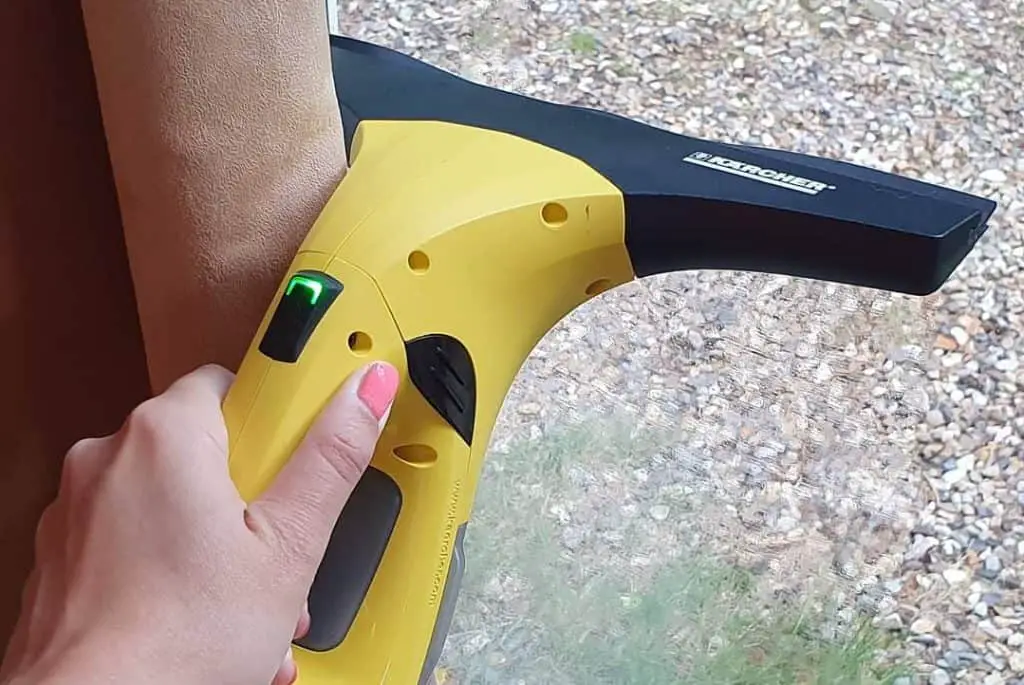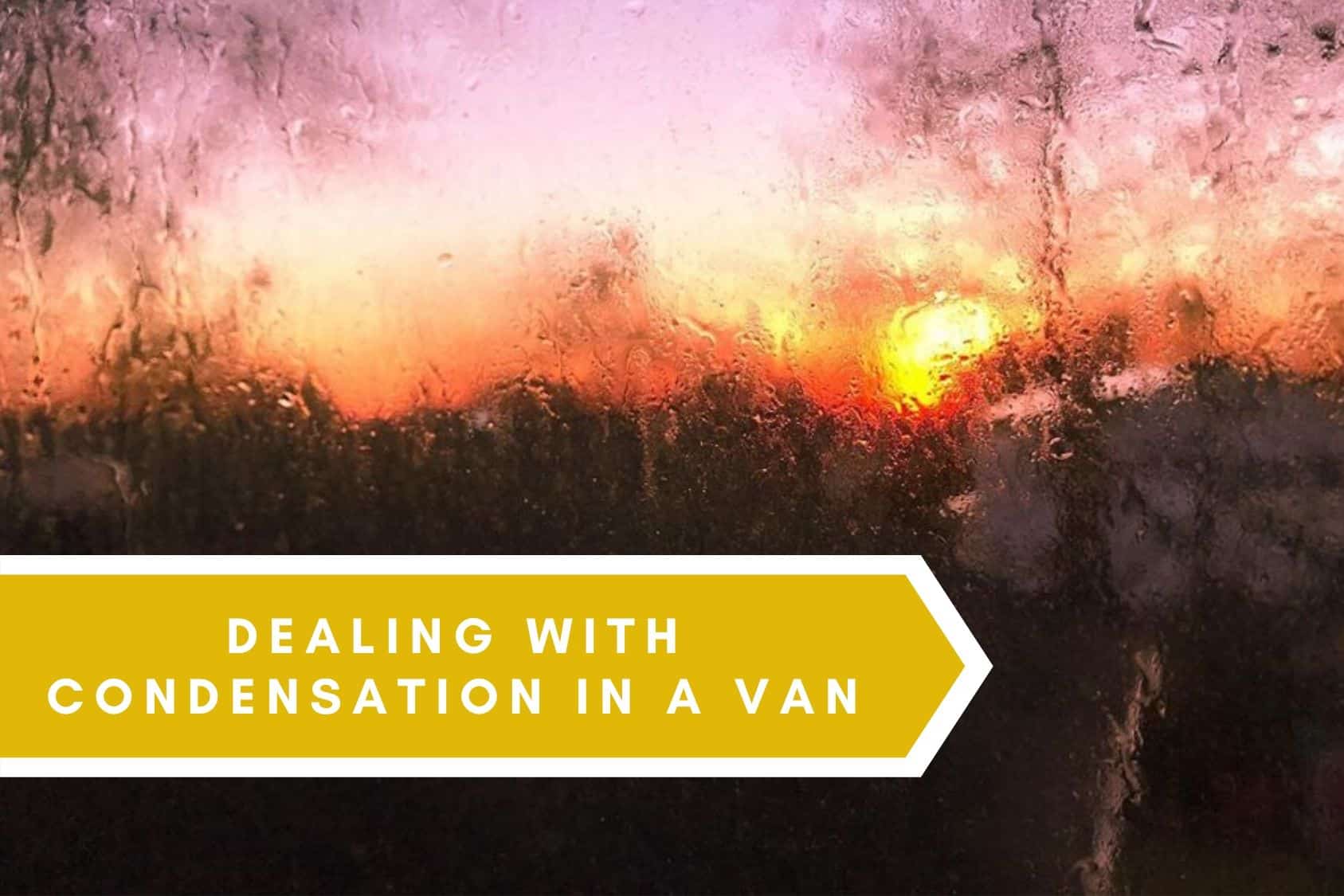Battling condensation is a daily occurrence for many people living in vans, excessive moisture in the air combined with cold weather sees water forming on cold surfaces and can lead to damp, mildew and mould inside your van. If there’s one thing the UK climate is known for it’s for being cold and wet and so you can see why dealing with condensation in a van is a fight most UK vanlifers have to have. Here’s some ways you can try to both prevent condensation as well as how you can deal with it should it arrive.
Preventing condensation in a van
It’s an old adage that prevention is better than the cure and that is as true as ever when it comes to condensation. It’s far easier to try and limit the volume of condensation forming in your van than it is trying to get rid of it once it’s arrived. Here’s some methods we use to prevent condensation:
Airflow
It may seem counter intuitive on a cold day to open a window or to crack open a roof vent however airflow is the single best way to reduce condensation even forming in your van. Having a source of circulating the air takes the moisture loaded air from inside the van and replaces it with the dry air from outside; with less moisture in the air in your van less condensation will form.
In our van we utilise a small roof vent as well as opening a window to create a stream of moving air circulating the moist air outside of the van. This is especially important when we are cooking inside the van. Using our gas hob throws out a tonne of moisture into the air, add to that any steam created from frying and boiling and it becomes vital to ensure that we are properly ventilating while we cook.
Here’s the vent we use, it comes with a built in fly screen so we can have it open even during midge season in Scotland and still get the airflow in the van as well as a built in black out blind which we need for our long lie ins in the morning.

Dry heat
Keeping the inside of your van warm will eliminate those cold surfaces where condensation will form however it’s key to ensure you are only using a dry source of heat, the last thing you want to be doing is adding more water to the problem.
Using portable heaters such as the portable camping heaters on the market in the UK burn butane canisters a byproduct of which is water which escapes in the form of vapour in the air therefore filling your van with more moisture for you to deal with rather than less.
For dry heat you want to look at heating methods such as wood burning stoves, diesel heaters and outside venting propex heaters, all of these exhaust the moisture externally from the van and therefore the heat you have is dry. This dry heat not only prevents cold surfaces forming inside the van but also dry the air already in the van helping to prevent condensation forming.
For more info on the types of heating you should install in your van check out our article on van heating here.

Cover exposed metal
Exposed metal is second only to your windows when it comes to at risk areas for condensation to form. Unfortunately for us, our vans are simply small boxes of metal and so there is a tonne of potential for at risk areas. Insulating and lining your van is a great start to ensuring that the inside of your van is warmer and thus reducing the condensation. However leaving bare metal exposed is a sure fire way to see a build up of condensation in a van and so covering these areas will help prevent it completely.
In our van we use stretch moto carpet to cover all of our exposed metal work. It is a thin and pliable carpet which doesn’t hold water and which is extremely simple to install. By covering the metal with this carpet we leave the moisture nowhere to settle in our van and means that we don’t have to deal with water forming on the bare metal.
Dehumidifiers
Now this is a little bit of a contentious suggestion within the van dwelling community (what isn’t!) and if I’m honest it’s not really one I side with but I know loads of people who swear by the use of both active and passive dehumidifiers and so I would be remiss if I didn’t include them in this article.
I know from experience that active dehumidifiers work well when it comes to removing moisture from the air, I have used them in my houses, flats, workshops etc and know that they are great tools. The difficulty I have with them in vans is the amount of electricity they draw to run for the amount of time you need to run them for them to be effective. If power is not a problem for you, whether you’re on hook ups, have a massive power bank, tonnes of solar or are going to be driving loads then it’s definitely something you should consider as it is an easy and effective way of removing moisture from the air.
Passive dehumidifiers are a completely different story however; they use a high salt concentrated substance that absorbs moisture from the air and traps it. 100% these remove moisture from the air, however it is exceptionally slow and inefficient and the volume of water removed from the air is basically insignificant. You simply need to run an active dehumidifier for one single day to see how much water is collected comparatively to a passive dehumidifier to know that it is not worth the time, effort, money or storage space. It will take around 12 weeks to fill the container on a passive dehumidifier compared to a single day to generate the same amount of water in an active one.
Depending on the dehumidifier you choose and you power situation this can be a reasonable solution if you are hoping to keep the volume of water in your air down and thus reduce condensation.
Dealing with condensation in a van
Despite your best efforts and using all of the above methods you may still have to deal with condensation forming in your van and when you do the one thing you are going to want to do is to remove the water that formed as quickly as possible. Leaving water unchecked in your van can lead to dampness forming behind your wall coverings, in cupboards and in your insulation, can lead to rust forming in places you can’t see, and can cause mildew to start appearing.
One method of removing condensation is to simply wipe it away. To be honest, this is what I do most mornings, I do a quick tour round the van and use a microfibre towel to wipe down the windows and any places where condensation forms. It’s pretty much the easiest way to get rid of the water from the van however it’s important to then ring out the towel after doing so and try to get it as dry as possible before bringing it back into the van; simply wiping the water down and leaving your wet towel to dry in the van is just putting all of that water back into the air and putting your back at square one.
Therefore for times when I’m not feeling lazy and I want to actually remove the water from the van completely I bust out a Window Vacuum, specifically this Karcher Window Vac. It’s a cordless vacuum which you can quickly run across your windows and the water is stored for you to empty at a later date. It’s pretty quick and painless to use and it guarantees that the water is not somply going to be put back into the air.

Thanks to the preventative steps I take as well as the two methods of dealing with condensation in a van my van doesn’t struggle with the cold nights and warm mornings, I can cook easily without the build up of condensation and I know my van, cupboards and clothes are damp and mould free which is piece of mind for me.
